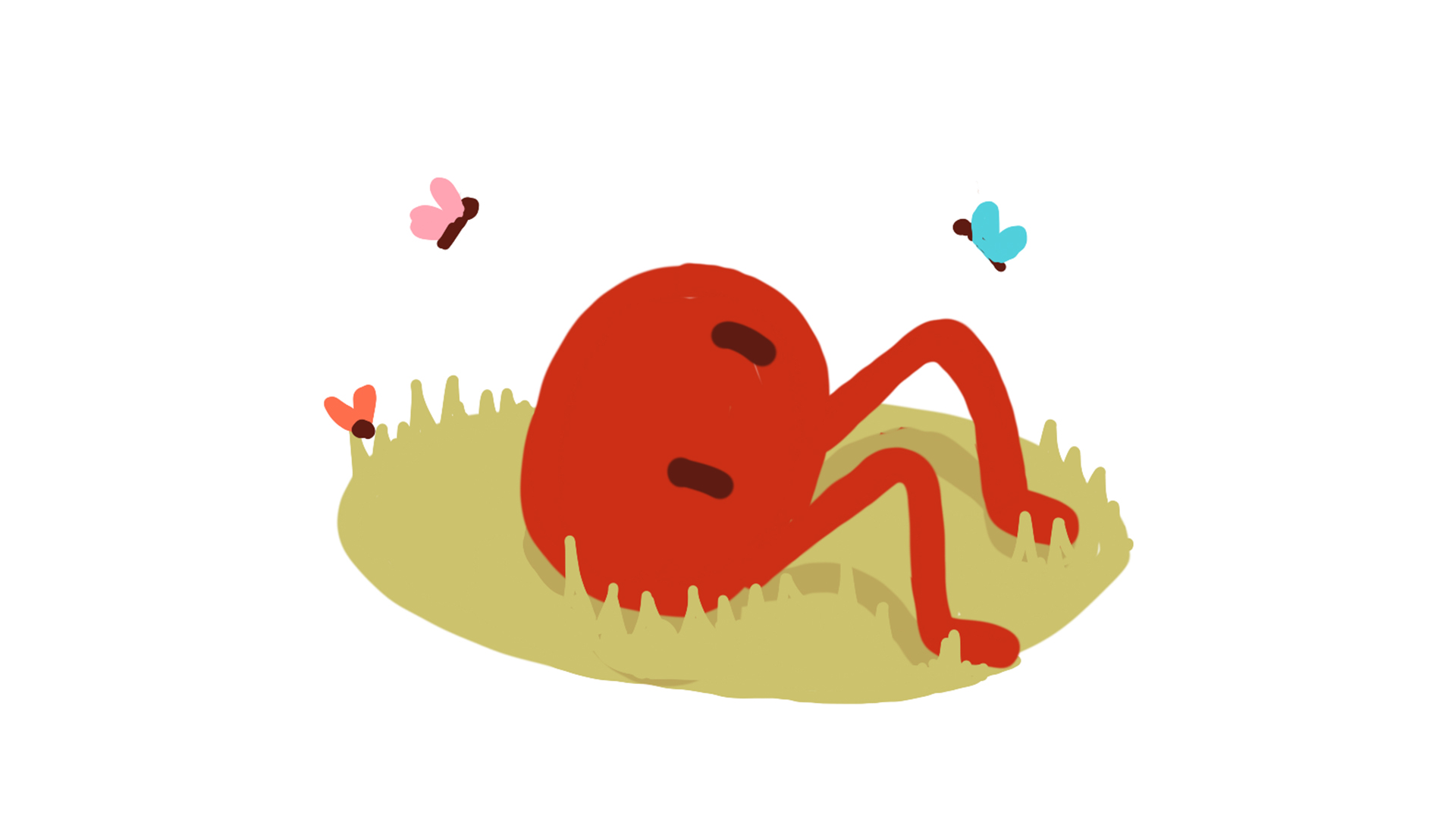


This encouraged the use of very simple motifs, since they best articulated the shape and flat surface of the canvases on which they were painted. The Suprematists' interest in abstraction was fired by a search for the 'zero degree' of painting, the point beyond which the medium could not go without ceasing to be art.Although the Communist authorities later attacked the movement, its influence was pervasive in Russia in the early 1920s, and it was important in shaping Constructivism, just as it has been in inspiring abstract art to this day. It was a radical and experimental project that at times came close to a strange mysticism. And just as the poets and literary critics were interested in what constituted literature, Malevich came to be intrigued by the search for art's barest essentials. He believed that there were only delicate links between words or signs and the objects they denote, and from this he saw the possibilities for a totally abstract art. Its name derived from Malevich's belief that Suprematist art would be superior to all the art of the past, and that it would lead to the "supremacy of pure feeling or perception in the pictorial arts." Heavily influenced by avant-garde poets, and an emerging movement in literary criticism, Malevich derived his interest in flouting the rules of language, in defying reason. Suprematism, the invention of Kazimir Malevich, was one of the earliest and most radical developments in abstract art.


 0 kommentar(er)
0 kommentar(er)
